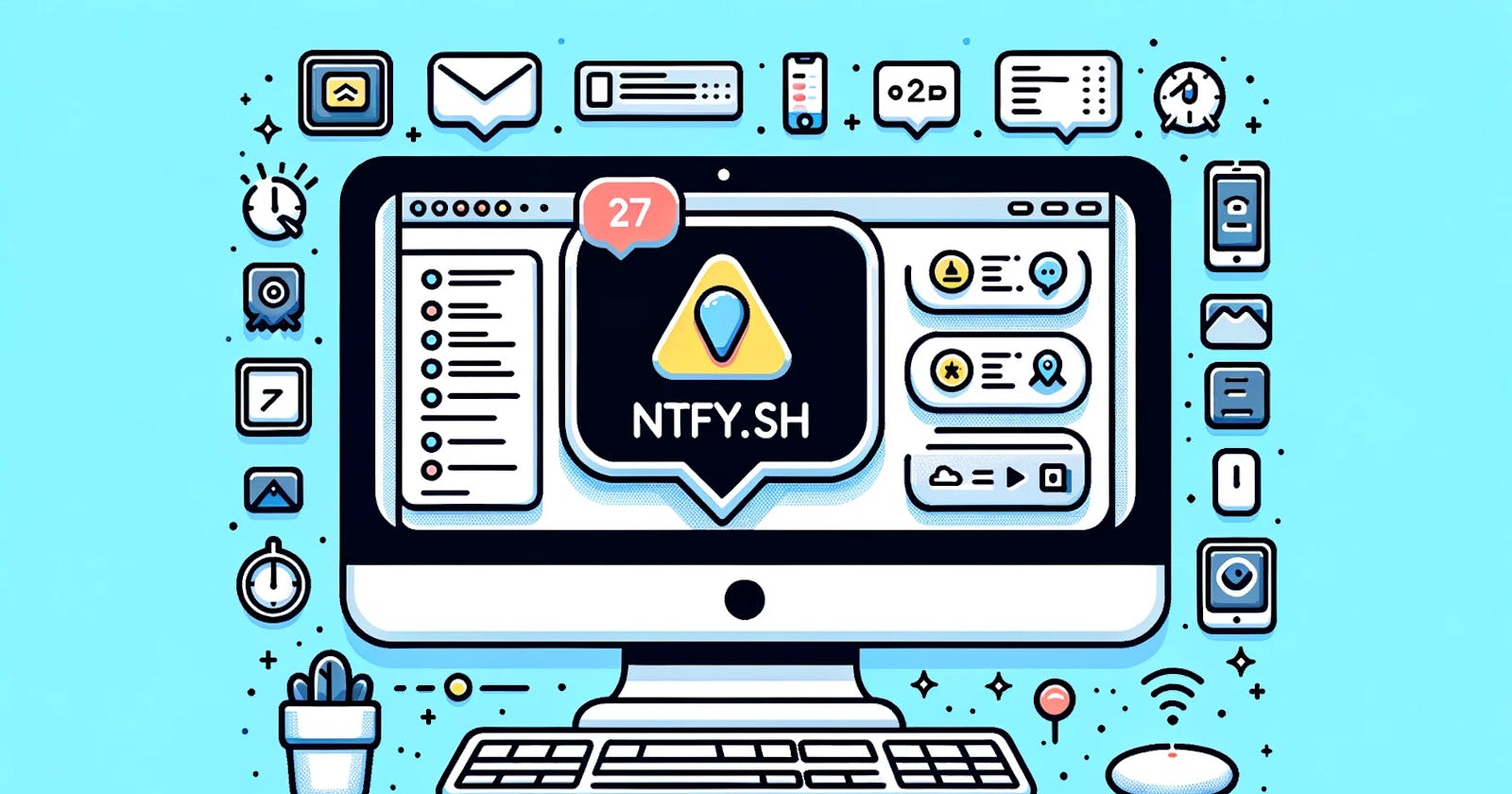Hey, everyone! Theo here. If you're into Home Automation as much as I am, you know the value of a good notification system. Today, we're talking about spicing up Home Assistant with ntfy.sh notifications. I've moved away from the default Home Assistant notifier for various reasons, and I'm here to show you how you can too.
Why ntfy.sh?
So, why switch? The built-in Home Assistant notifier is alright, but it's not as flexible as I’d like. ntfy.sh offers:
Customizable alerts
Versatility in backend support
Native app support for iOS and Android
It’s geeky, it’s cool, and most importantly, it gives you more control!
Setting Up ntfy.sh the Easy Way
Instead of diving into Python and pip installs, you can use Home Assistant's shell_command to set up ntfy.sh. It's a simple, effective method that gets the job done.
Configuring configuration.yml in Home Assistant
To add ntfy.sh as a shell command, edit your Home Assistant's configuration.yml file like so:
# Adding ntfy as a shell command
shell_command:
ntfy: >
curl
-X POST
--url 'https://ntfy.sh/{{ topic }}'
--data '{{ message }}'
--header 'X-Title: {{ title }}'
--header 'X-Tags: {{ tags }}'
--header 'X-Priority: {{ priority }}'
--header 'X-Delay: {{ delay }}'
--header 'X-Actions: {{ actions }}'
--header 'X-Markdown: {{ markdown }}'
--header 'X-Click: {{ click }}'
--header 'X-Icon: {{ icon }}'
This part sets up a shell command called ntfy. It uses curl to POST a message to the ntfy.sh service. The syntax allows for an array of customizable fields like title, tags, and even the notification's icon.
Using ntfy.sh in Automation
Now that ntfy.sh is set as a shell command, let’s use it in an automation task:
automation:
- alias: 'Notify When Door Opens'
trigger:
platform: state
entity_id: binary_sensor.door
to: 'on'
action:
service: shell_command.ntfy
data:
topic: 'home'
message: 'Door Open!'
title: 'Security Alert'
Breaking it down:
alias:: The name of our automation.trigger:: The door sensor going 'on' will trigger this automation.action:: Thentfyshell command is executed here.data:: Themessage, andtitlefields specify what the notification will look like and say.topic, yes you also need a topic in the data, but I wanted to clarify that you should pick a unique name for it. Home, is not really unique and I'm guessing more people will use this topic. So every time somebody is sending a notification to home, you will also receive it. So it's best to create a unique one, like the initials of your name hash real topic or something like that. If I would want to have a home topic, I would name it : tvdsluijs_home.
Connecting ntfy.sh App on iOS and Android
For real-time updates, you should install the ntfy.sh mobile app. Once you sign in, you're set to receive your customized notifications. Just connect to your own topic (that is why it should be a unique topic name. And you will receive the notifications on your phone.
Benefits
Switching to ntfy.sh brings:
Enhanced control
Multi-platform versatility
More personalization for your smart home experienceSo there you have it—a fun and simple way to add a layer of sophistication to your Home Assistant notifications with ntfy.sh. Feel free to hit me up in the comments with your thoughts or questions. Keep hacking your home!

